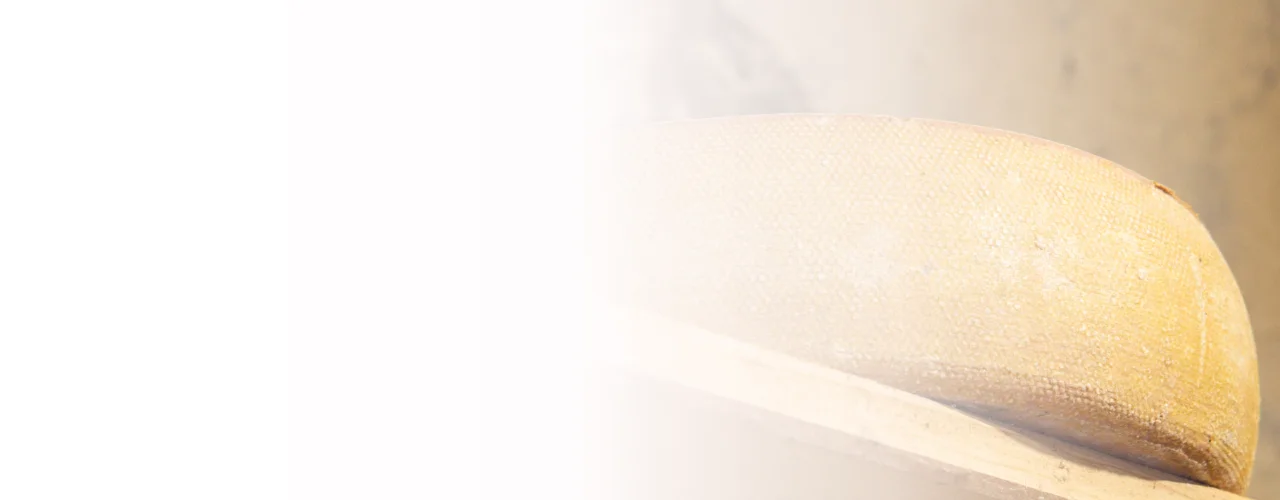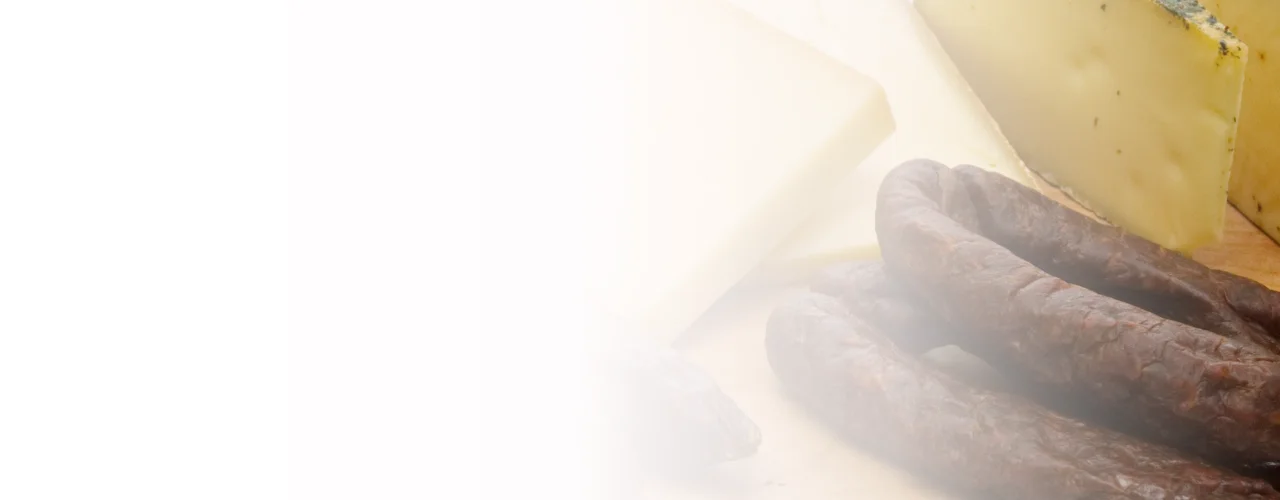Hard cheese | Mountain cheese
Semi-hard cheese











webdeals is a shop cloud. The network of modern, specialized webshops with a thematic focus. WEBDEALS » this is where you get discovered!
The kidney vetch is a very variable, persistent plant. The plant reaches a height of 5 – 80 cm.
The alternate leaves are mostly pinnate. The basal leaves of plants in higher altitudes are often simple. The terminal leaflet is clearly larger than the lateral leaves.
The flowers are grouped into compact, heady inflorescences, which are enclosed at the base by high leaves. The flower corollas, up to 19 mm long, are very differently coloured, from pale yellow to deep yellow to orange and almost reddish. The calyx is slightly puffy after flowering and smoky grey to pale white in colour. The calyx and crown are sometimes redtipped.
The kidney vetch exists in several different subspecies, which differ in height, number of leaves and colour.
Best cheeses due to selected alpine herbs and meadow herbs. We ♥ cheese!
The kidney vetch can be found in nutrient-poor and dry locations. For example, in semi-dry and dry grasslands as well as forests or raw soils.
The term kidney vetch refers to its formerly popular use as a remedy for wounds in folk medicine.
The effect, however, is questionable, the application possibly goes back to the theory of signatures. That means, the characteristics of the plant like the red spots in the flower area were reinterpreted to a disease pattern, in this case wounds.
The kidney vetch is considered a good fodder plant, but is only slightly cut-tolerant (two cuts) and resistant to grazing. Fertilization also leads to a rapid decline.
Back to the Hay Milk WikiMountain cheese
Spicy semi-hard cheese
Spicy semi-hard cheese
Raclette cheese
We use cookies to give you the best online experience. By agreeing, you accept the use of cookies in accordance with our cookie policy. Further surfing in the web shop automatically leads to approval.

When you visit any web site, it may store or retrieve information on your browser, mostly in the form of cookies. Control your personal Cookie Services here.